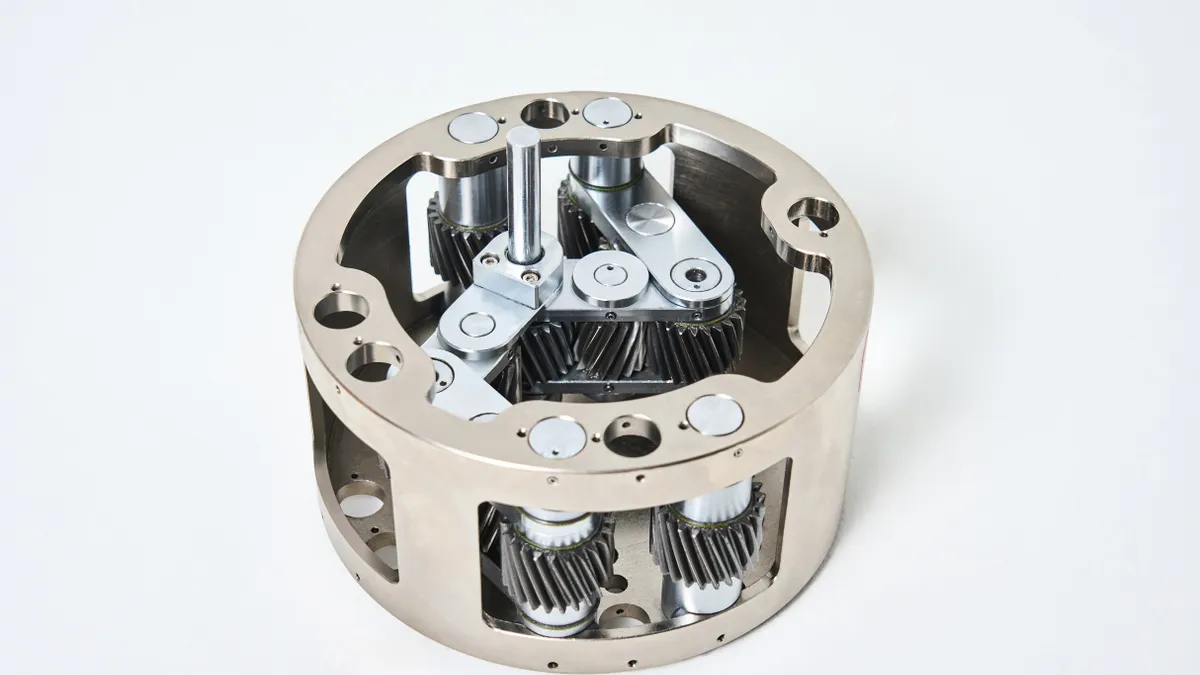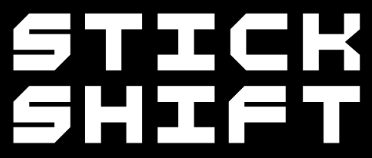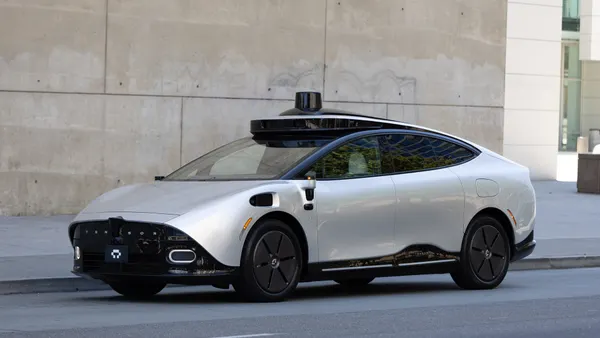Dive Brief:
- Hyundai and Kia unveiled a Universal Wheel Drive System called the ‘Uni Wheel’ at an event in Seoul, South Korea, according to a joint news release Wednesday.
- The Uni-Wheel relocates a traditional electric vehicle’s main drive system components and reduction gear into the open space behind a vehicle’s wheel, requiring fewer parts and reducing the cost of EVs. It also frees up space, allowing car designers to add more passenger space, or add larger batteries for extending range.
- The new design will provide the flexibility and scalability needed to meet its EV production and sales goals, Kia and parent-Hyundai said in the joint-release.
Dive Insight:
The Uni Wheel is a radical departure from conventional vehicle powertrain designs, and could help Hyundai reach its goal of selling 1.87 million EVs a year by 2030.
The automaker relocated the main drive system components — including the reducer which increases torque output — to the vacant space within the wheel hub, eliminating the need for a driveshaft. This design delivers a significant torque output, according to Hyundai, but also allows for a more compact electric motor that can deliver power similar to the larger motors of conventional electric vehicles. It also includes several features that could be deployed in new EV and AV models.
Hyundai also noted that the increased passenger space will be a valuable feature for purpose-built vehicles, which need to maximize interior space with a low, flat-door design. The company’s subsidiary, Kia, has named PBVs as a core business strategy, setting targets to release two or more EV vehicles every year after 2023, and said it aims to be the top global PBV provider.
The Uni Wheel also supports electronic torque vectoring, including independently controlling the left and right wheels during cornering or accelerating. This can help improve steering and driving stability.
In a vehicle with an internal combustion engine, power is first transmitted from the engine through the transmission and then to the wheels via drive shafts or constant velocity (CV) shafts. However, this setup requires more parts, which results in extra costs for automakers, as well as a loss of efficiency in distributing power to the wheels, according to Hyundai. For EVs, any loss of efficiency can result in decreased range.
The Uni Wheel also makes it possible to move away from conventional seating layouts centered around the driver, which gives vehicle designers more options for creating an interior seating layout, according to Hyundai. This flexibility is especially useful for fully autonomous vehicles, such as robotaxis, that do not require driver controls.
“We are pleased to showcase innovative ideas that could become game changers in the future mobility market,” Jongsool Park, senior fellow at the Institute of Advanced Technology Development of Hyundai Motor Group, said in the press release. “We will perfect the technology so that customers can experience mobility in a completely different and new way.”
Hyundai and Kia have applied for and registered eight patents related to Uni Wheel in South Korea, the U.S. and Europe, as the companies evaluate how to scale the technology for use in other electric mobility applications.
Hyundai said the Uni Wheel is adaptable to different types of EVs, including high-performance models, since it uses the same powertrain and reduction gear functions of conventional EVs. It can also be used for wheelchairs, bicycles and delivery robots, and can be scaled to work with wheel/tire sizes from 4 to 25 inches.
Defunct EV startup Lordstown Motors planned to use a similar in-wheel drive system for its electric Endurance pickup. It was designed by Elaphe, a Slovenia-based developer of advanced propulsion technology. Nissan is also working on in-wheel drive technology for EVs.














